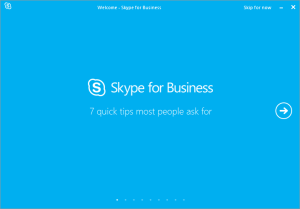Sharing another problem and resolution I came across.
Recently, staff started complaining about Mail Merge crashing at the point of selecting a data source use. It was easily recreatable, and caused this event viewer error:
Faulting application name: WINWORD.EXE, version: 14.0.7113.5001, time stamp: 0x52866c04
Faulting module name: mso.dll, version: 14.0.7106.5003, time stamp: 0x5231bdf1
Exception code: 0xc0000005
Fault offset: 0x00c23ab0
Faulting process id: 0xe48
Faulting application start time: 0x01d204e6d69112b6
Faulting application path: C:\Program Files (x86)\Microsoft Office\Office14\WINWORD.EXE
Faulting module path: C:\Program Files (x86)\Common Files\Microsoft Shared\office14\mso.dll
Report Id: 3bf6bbe2-70da-11e6-bd32-b8763fabbff5
Pretty standard for a crash. In our environment, we had changed from Lync 2010 to Skype for Business 2016, and installed Skype for Business through the Office 2016 installer rather than standalone, to make future Office product updates easier (Skype for Business standalone won’t co-exist with an Office 2016 suite install).
For some reason, this upgrade process has broken the mail merge function for Microsoft Word. The quick fix was to do a repair of the Office 2010 suite after the Office 2016 install, and mail merge worked again.
It’s worth noting that a computer that had Office 2010 suite and Office 2016 (Skype for Business only) worked fine, it was only if Lync 2010 was installed first and then removed, then Office 2016 installed.





